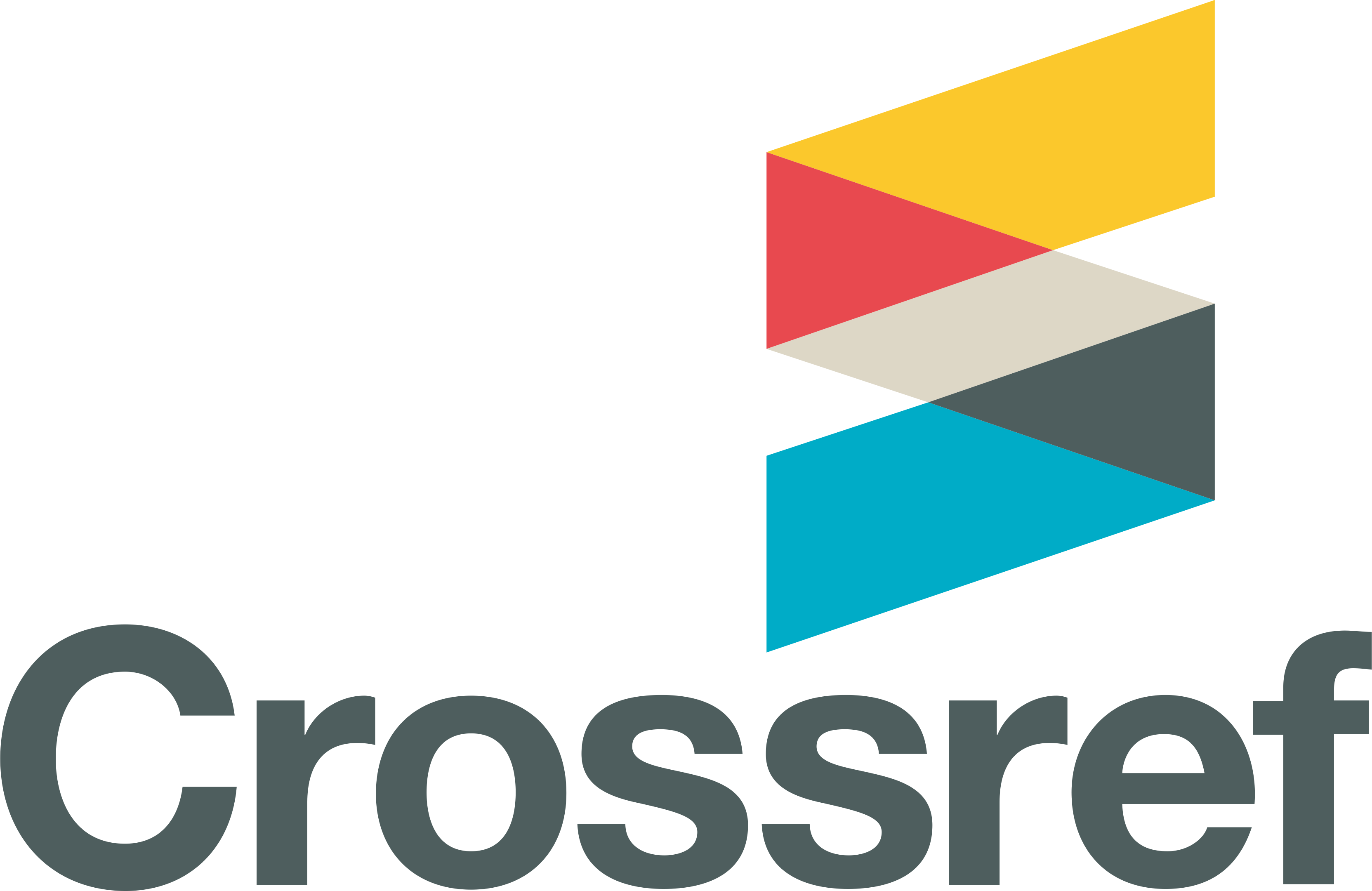Natural Red Lake Pigments Extraction from Selected Plants in Agusan Del Norte, Philippines: Characterization using Fourier Transform Infrared Spectroscopy
DOI:
https://doi.org/10.54610/jeseg/5.1.2023.004Keywords:
Alum, Natural dyes, Red lake pigmentsAbstract
Vibrant colors are all around us, but natural pigments are gaining importance as we become more aware of environmental and health risks. In particular, while yellow is abundant in nature, red is limited. Thus, this study aims to determine the plant sources of red pigments that could help increase the production of natural dyes. Five plant samples, namely Achiote (Bixa orellana Linn.), Vine spinach or Alugbati (Basella alba Linn.), Coleus or Mayana (Plectranthus scutellarioides (L.) R. Br.), Scarlet jungle flame or Santan (Ixora coccinea Linn.), and Teak (Tectona grandis L.f.), were extracted using distilled water as a solvent with alum (aluminum potassium sulfate, KAl(SO4)2 · 12H2O) as a mordant at a ratio of 1:50. The resulting dye extracts were then treated with 25 g of sodium carbonate Na2CO3 to extract red lake pigments. The results showed that the extracted lake pigments varied in color, with orange, white, green, reddish-brown, and brown, respectively. While red lake pigments were not produced, the findings suggest the potential for increased natural dye production and provide a promising source for further investigation to support research on natural pigments.
Downloads
Published
How to Cite
Issue
Section
License

This work is licensed under a Creative Commons Attribution-NonCommercial 4.0 International License.








